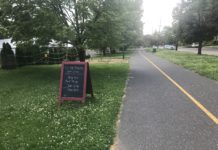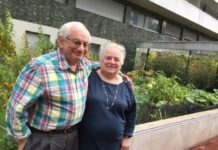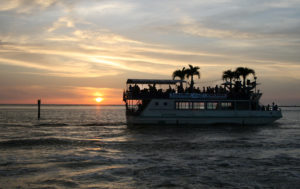
By Jeffrey and Virginia Orenstein
In the twilight of our careers as a corporate chief financial officer and a college professor, respectively, we lived and worked in Northeastern Ohio.
Although we enjoyed the many attractions in and around our home, we both agreed that when our primary careers ended, we wanted to retire to a warmer climate. Since we enjoyed traveling, we decided to make our vacation travel do double duty by simultaneously allowing us to unwind on vacation while exploring potential areas for our retirement.
We eventually settled in Sarasota, Florida. However, along the way, we explored many delightful — and some not so delightful — places and developed a workable system of evaluating them. If you are contemplating a place to move after retirement, this column invites you to follow our path and see if some of our methods work for you. Of course, we encourage you to modify our list according to what is important to you and yours.
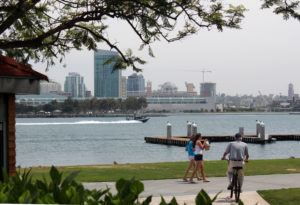
Step One: Self-Assessment. A good first step is to be honest with yourself and assess who you are and what do you enjoy doing and with whom. Develop an index of what is important to you and apply it to potential places to retire.
Do you want a warm climate? Proximity to relatives? Access to cultural events? Mountain scenery? Big city? Small town? The list is almost endless, but the key to making it work for you is to make it your list, not one suggested by anybody who may have different criteria than you.
For example, we happened to be looking for a warm climate, good museums and music venues, environmental consciousness, lots of outdoor recreation, good medical resources, walkability and bicycle-friendliness, senior-friendliness, a reasonable cost of living, nice housing stock, good transportation (local and easy access to a commercial airport and Amtrak), an active community that had a diverse population and a place that welcomes civic involvement, among other things.
Your list will probably be different and that is not only OK, but it is in your best interests to personalize it for you and yours. The only wrong choice is to copy somebody else’s choices if they are not right for you.

Step Two: Do Your Research. Once you develop your list, find several potential venues that might meet your criteria. You will soon realize, as we did, that no place met all of our criteria, but some clearly checked off more boxes for us than others.
How did we know which places should make our short list? We used past travel experience, tourism and convention bureau websites, best-places-to-retire indexes (some are more useful to you than others according to the criteria they use), recommendations of trusted friends, relatives and associates, travel agents and travel magazines and travel websites. We suggest you start there and add or subtract any resources that make sense to you for your list, not ours.
Step Three: Visit Your Short List of Places With Your Criteria List in Hand. There is no substitute for hands-on knowledge. Spend some time in places you are considering and experience what it might be like to live there.
While you are there, we suggest you stay in the part of town you think you might enjoy as a resident. Try driving around town and get the feel for the traffic and the shopping venues. Visit a Realtor and get a feel for housing costs and opportunities.
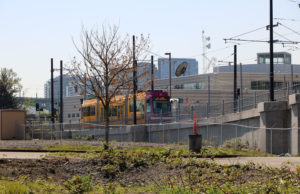
Get beyond the glitzy tourist attractions, and check out public transportation, cultural and recreation resources and nearby attractions. Don’t neglect your special interests and hobbies while you explore. For example, if you like art museums, hiking, jazz or whatever, check out the local resources for them. And if the places you are considering have clear seasons, make sure you visit in each season.
If you plan to be a frequent user of public transportation, try getting around on it when you visit. If it is inconvenient or impossible when you first explore the area, it is probably not going to be any different if you live there. The same goes for driving. If traffic is bad and roads are not good when you visit, it will almost certainly be that way when you move there. Be sure to check out the grocery stores and other shopping resources in the part of town you want to live, too.
Step Four: Score Your Choices. Ginny is an accountant, so she devised some spreadsheets based on our criteria after we visited all places on our short list. Don’t forget to include where you are now in your rankings. It might look better than you thought.
If you are not comfortable with Excel, use any method that allows you to compare and rank your prospective choices. We talked it over and narrowed our choices to a top two (interestingly, it came down to one on each coast of the U.S.), and then we revisited them.
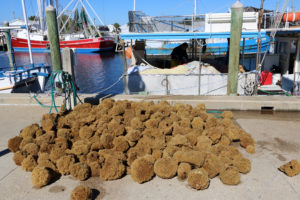
Step Five: Commit. Once you have done your homework, it is time to commit. Wrap up some of your ties to your present community and start to make some in the new place you will call home.
We chose a medium-sized metropolitan area on Florida’s central Gulf Coast and bought a home in a growing planned development within the region. We have lived and flourished there since 1999 and we love it. We also know that our second choice would have been great as well and still love to vacation there. Moreover, as we told ourselves as we were choosing and still affirm, if we had made a mistake and decided not to stay after giving it a fair chance, we were prepared to move on.
We hope this helps you to find your retirement paradise as you travel for business or pleasure.
Searching For a Jewish Retirement
If practicing Judaism and/or associating with fellow Jews is important to you where you live now, it is common sense to assume that it should be a factor to consider as you research for your retirement paradise
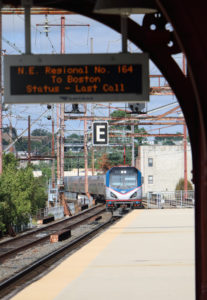
Some key criteria to look for that tend to make an area “Jewish-friendly” include:
- A significant enough Jewish presence in the local population to make you comfortable. The national average in the U.S. is about 2.4%.
- At least one active synagogue in the region that observe the religion in ways that you prefer.
- The presence of a Jewish Welfare Board and/or a Jewish Community Federation or Jewish journalism.
- The existence of Hadassah, B’Nai Brith and other Jewish social and cultural chapters, clubs or groups.
- The presence of kosher grocery stores or restaurants or grocery stores that carry Jewish-style food.
- Relative freedom from overt While antisemitic acts have taken place in many “Jewish-friendly” places, if a place you are considering has a long pattern of antisemitic acts, that raises a caution flag.
- The presence of an important role that local Jews have played in the business and political life of the community. Are there prominent Jewish office-holders or entrepreneurs in town?
How do you research these factors?
- One of the best ways to research the Jewish-friendliness of a given area before you visit is using a good internet search engine. The first thing I do when I research the Jewishness of an area when we write a travel column about it is to Google “X Jews, where X stands for the community in question.
For example, when I Google Sarasota Jews, (where we live), the search engine comes up with many leads and websites on the first page of results that are useful for starting your research. Try it with your hometown and your prospective retirement places, and you are liable to be pleasantly surprised at the extensive resources that pop up.
- If you know trusted people in the area, ask them about the things you want to know.
- Once you arrive at a place for a visit, seek out some of the Jewish institutions and/or spiritual leaders and inquire about the things that are important to you.
Jeffrey Orenstein, Ph.D. and Virginia Orenstein are husband-and-wife travel writers from Sarasota, Florida. They publish travel ideas, article, photos and blog at SimplySmartTravel.com



